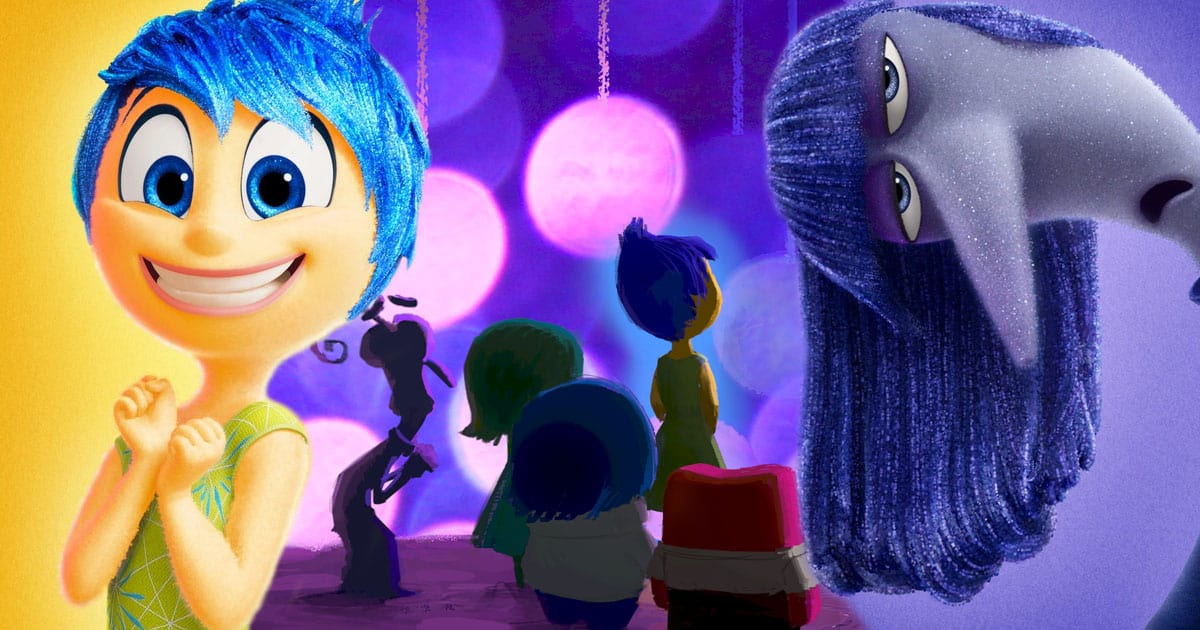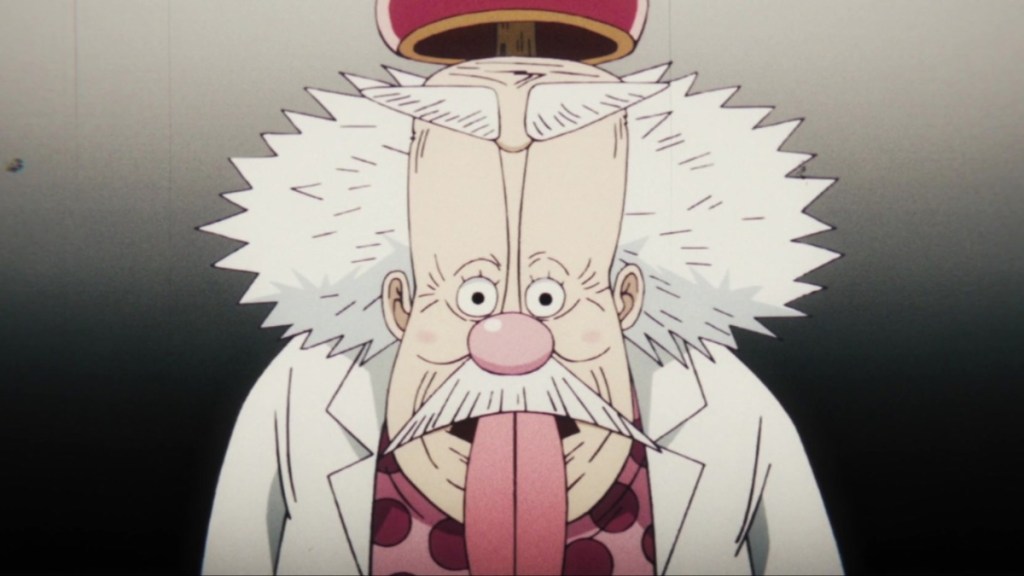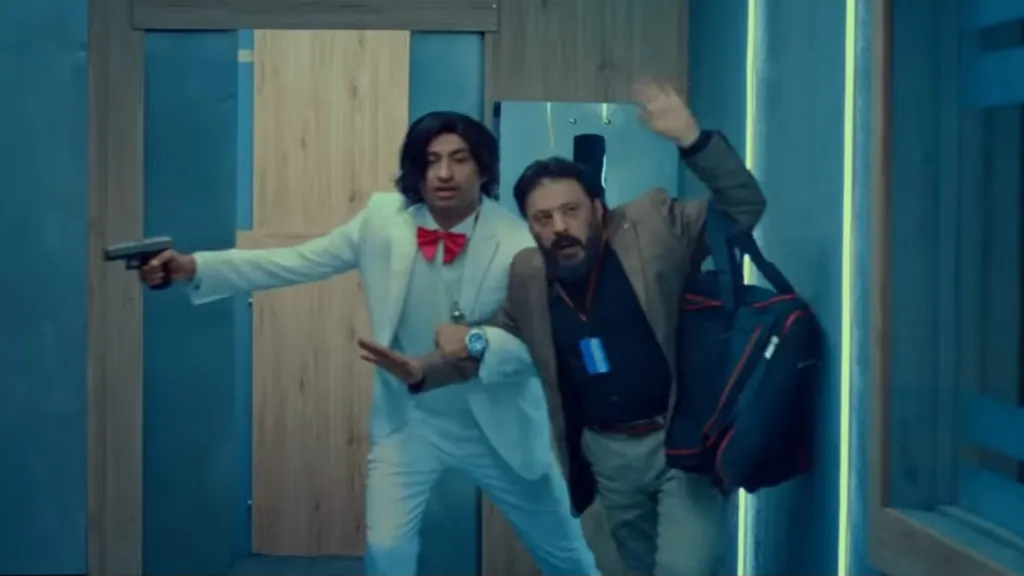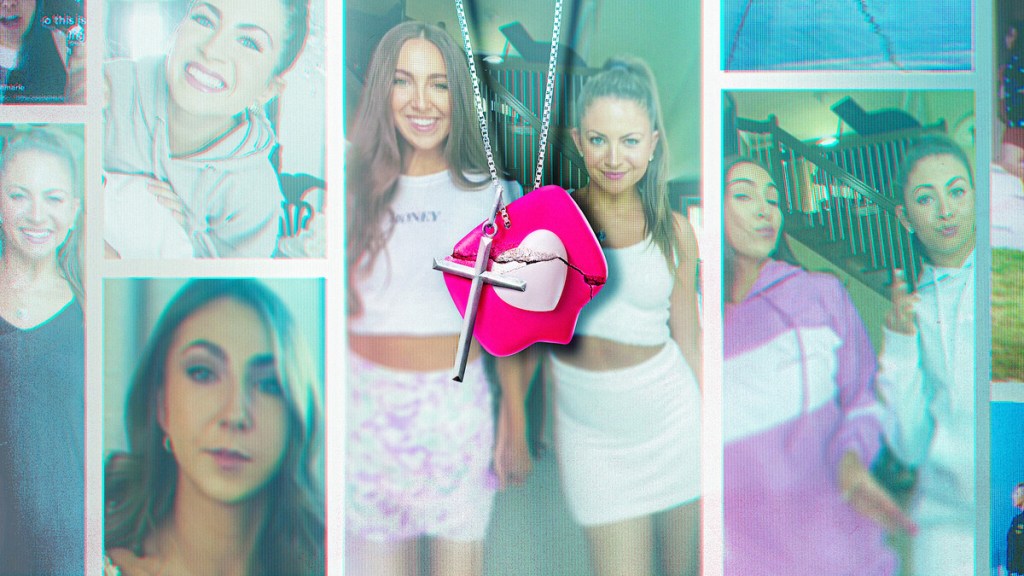Pixar is ready to make fans emotional over its latest feature by inviting them to reconnect with Riley in the highly-anticipated sequel, Inside Out 2. The follow-up to Pete Docter’s 2015 hit follows Riley into her teens when a torrent of new emotions takes control in more ways than one. With an all-star cast of new and returning voice talent, Inside Out 2 brings heart, humor, and heightened emotions to perhaps the most curious and terrifying stage of a young person’s life: puberty.
I visited Pixar Animation Studios in late March for a Press Day Event focusing on Inside Out 2. While there, I was blown away by the artistry, dedication, patience, and creativity poured into the studio’s latest feature film. In addition to touring the Pixar campus, I and an assembly of journalists met with critical contributors for a hands-on, behind-the-scenes look at the studio’s meticulous filmmaking process. While I’ve already shared many fun facts about Inside Out 2 here, I could not contain the information I learned in one article. Some experiences deserve room to breathe, so I’m back to share more details and get you excited for what I believe will be one of Pixar’s greatest sequels.
Story
At the start of the tour, Kelsey Mann (Director), John Hoffman (Head of Story), and Rebecca McVeigh (Story Artist) invited us to Pixar’s Story Fishbowl, where the writing team brainstorms ideas for the film. The room includes a massive desk with individual drawing tablets at every station, whiteboards lining the walls, and a screen for sharing work. After a brief introduction, Rebecca outlined the creative process of her essential work.
Pixar divides every movie it makes into sections or sequences. Each sequence includes a variety of scenes with a central focus. Inside Out 2 contains 25-28 sequences, and they name all of them. The sequence Rebecca showed us was called “The Alarm,” referring to a scene in which Riley wakes from slumber and learns she’s matured seemingly overnight. As her body comes to life, a construction crew destroys the barriers of Riley’s Mind World and alters the console that helps Joy and her friends influence Riley’s emotions. As Riley’s emotions test the new console, they discover it’s changed dramatically, creating confusion among the group.
Rebecca’s presentation was highly entertaining. She created verbal sound effects while narrating the sequence. Her drawing speed is also impressive. She was sketching new ideas on the spot, and they looked great. After a round of applause, John explained that the entire writing team would give detailed notes about the film’s progress. Sometimes, throw-away ideas create such an impact they make it to the final cut. It could be a sight gag, character quirk, or tonal shift in the voice work. If it serves the movie well, John sends word to the art team to start designing new assets for the idea. The story team will often watch a rough cut of the entire film to evaluate the narrative flow and approve ideas before sending them to the art team for digital fabrication.
Next, we visited Maurissa Horowitz (Lead Editor), whose first project at Pixar was Inside Out 2. Maurissa has been working on the film for three years because the story editorial team is on the project from start to finish. She helps move the story forward by making it funnier and more emotional. During the presentation, we rewatched “The Alarm” scene, emphasizing the construction crew making alterations to Riley’s Mind World against Joy’s wishes. With each iteration of the scene, Maurissa showed us examples of different gags, voice lines, plotlines, and use of the soundtrack. Watching the scene set to various songs was fascinating, as each changed the mood dramatically.
Maurissa also stressed how much work goes into the sound editing for Inside Out 2. For example, when the construction crew invades Riley’s Mind World to build a new console, Pixar uses nine different sound effects for the wrecking ball that starts the demolition. All the sounds combined give the object weight, momentum, and impact as it connects with the environment.
From a world perspective, everyone who’s a part of Riley’s Mind World is there to do a job, and they believe in their job, so you don’t want to be against the construction workers. At this moment, Joy confronts chaos, but she must remember to have patience and try to understand the situation, regardless of whether she’s opposed to it. The amount of work that went into creating the construction scene is remarkable. The process began with nearly 4000 storyboards, but the final version only has 408.
Voice Recording Studio
Our next stop on the tour was a trip to the voice recording studio. This portion of the day was a highlight, as I’ve always wanted to voice a character in an animated film. My group took turns reading lines from a scene featuring Anxiety’s introduction and Joy’s reaction to her moving into Riley’s Mind World. I read lines for Joy, doing my best to match the urgency of Joy’s predicament. Pixar was able to record and edit the audio into the film. Thus, I’ve voiced a character in a Pixar film! Well, kind of.
Art Department
While visiting the art department, Jason Deamer (Production Designer) and Keiko Murayama (Character Art Director) gave us an overarching look at Inside Out 2‘s design process. During the presentation, Deamer stressed the importance of honoring the original film’s presentation while elevating it with new techniques and evolved software tools. “If it’s a sequel, you need to honor the first film,” said Deamer. “My favorite sequels are ones that expand the world and don’t try to repeat what the first one did.”
Inside Out was made with 13-year-old software, leaving the Pixar team with no reusable assets. Everything you see in Inside Out 2 is brand-new, as the artists worked for a year and a half to create versions of the original characters that could react to the new lighting system. Shape language and color are paramount to creating character designs that tell a story, and the foundation for building the cast of Inside Out 2 is remarkable. Anger is square, immovable, and red, while Disgust is a sickly green pointy triangle, prickly and sharp. Joy is an exploding star, a gesture of victory and celebration. A teardrop informs Sadness’s design, while Anxiety is tense like a spring.
Layout & Staging
While visiting the Layout and Staging department, Adam Habib (Director of Photography) and Ryan Heuett (Camera & Staging Lead) demonstrated the staging elements and unique cameras used to film Inside Out 2. The team uses different types of camera styles to film the alternate worlds in the movie. The human world uses a handheld effect to introduce a physical, imperfect vibe, while the camera in the mind world is stationary and unmoving. An exception to the rule is Anxiety. When Anxiety is dictating Riley’s decision-making process (driving), Pixar uses the handheld effect to reflect the character’s apprehensiveness. The filmmakers also manipulate the camera’s focus when Anxiety is in control to reflect Riley’s hesitance and confusion about her next steps.
After learning about the camera, I was fortunate to test-drive the rig inside Riley’s Mind World. As I held the camera before me and walked around the motion capture stage, I could investigate the Mind World in great detail. Pixar built the Mind World to be a 360-degree environment, meaning you can walk inside it like an actual room. I examined the characters, Mind World control console, and Memory Storage up close using the camera. I also discovered a few Easter eggs during my tour.
If you look carefully at Riley’s Mind World, you might glimpse Anger’s Steam Room, where he goes to cool off after getting heated up. Pixar cut a scene of Anger using the room for the first film, but the door leading to the area still exists. The bedroom, where the emotions rest while Riley is asleep, almost made it into Inside Out, but there was no time to feature it. Inside Out 2 includes scenes in this space, and each sleeping area is tailor-made to suit the respective character. Amazingly, the environments extend beyond the limits of what you see with the camera. In other words, the entire arena where Riley plays hockey exists. You can walk around in it, even after you’ve left the filming environment.
Another example is Mind World, which is more than the room that houses the control console. You can explore the doors and rooms you see in the background. The artists and animators create these rooms so they can film in them if needed. Imagine writing a new scene and expecting the art team to design a new environment on the fly. It’s easier if those environments already exist.
Dovi Anderson (Animation Supervisor) walked us through the polish process, in which artists and animators execute the final touches of a shot. The polish team analyzes each shot in the film and determines if the material needs any alterations. After several evaluations, the director typically tasks the polish team with bringing the shot across the finish line. Once the shot is polished, the simulation team takes over, adding finite details, including hair movement, shifts in body weight, particle effects, and more.
The polish department also determines whether the characters remain on model throughout the shot. Consistency is crucial to making animated characters feel real, as animators want audiences to connect with them on many levels. Animation experts like Anderson analyze mouth movements in the film, determining if the correct gestures appear in the appropriate frames.
To wrap the presentation, Dovi Anderson, Dave Torres (Directing Animator), Rob Thompson (Sketch Artist), Cody Lyon (Animator), and Erin M. Kinda (Department Manager) evaluated a scene of Riley playing hockey with her friends. While characters performed the same motion repeatedly, the team discussed possible alterations to the shot, including Riley’s stick placement, puck trajectory, hip placement, and positioning of other players.
By the end of the day, I had an intimate knowledge of the tireless work and focus that goes into making a Pixar film. What blew my mind was that what I saw was just the tip of the iceberg. I’ve gained a new appreciation for Pixar’s artistry, and I hope you learned a thing or two from this recap of the tour. Inside Out 2 looks fantastic, and I look forward to seeing the final cut of the film. I hope audiences show up when the film arrives in theaters on June 14, as it leaves an impression I will remember forever.
The post Inside Out 2: A Behind-the-Scenes tour of Pixar Studios reveals the magic of the emotionally-charged sequel appeared first on JoBlo.





